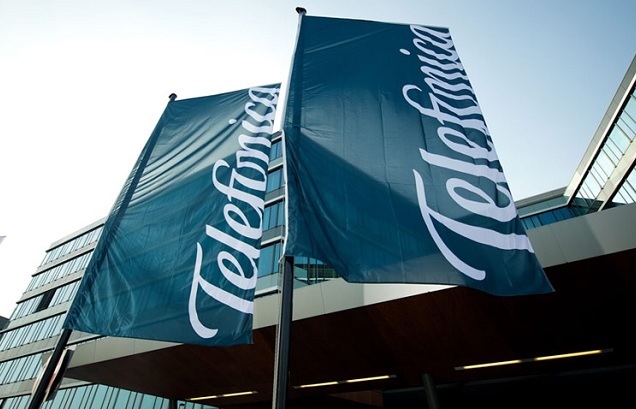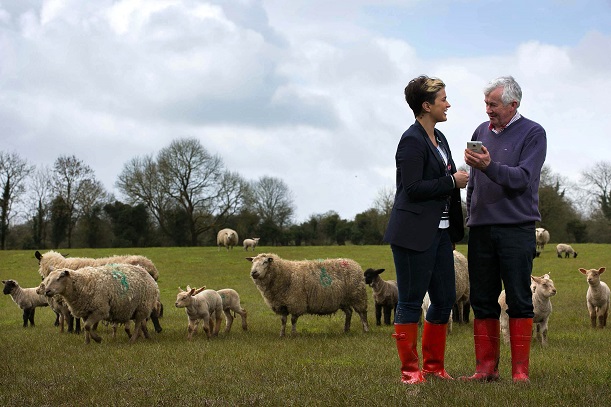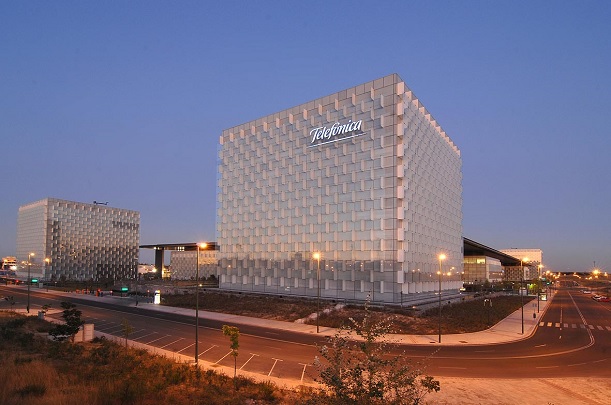Management blames low fees tight margins – union says jobs could be saved through innovation and efficiency
Vodafone Spain will cut up to 515 jobs, mainly in its commercial operations, due to the ‘challenging conditions on the Spanish market.
When Vodafone management begin a one-month negotiation period at the end of September the UK-based global mobile operator expects to lay off up to 12 per cent of its Spanish workforce, reported Reuters.
A Vodafone Spain statement blamed ‘intense price competition’, the ‘drift towards low-value fees in Spain’, a ‘sharp fall in revenue’ and ‘a significant margin deterioration’.
Labour unions said this was an attempt to hide executives’ failure to redirect the company and said invention and efficiency would obviate job cuts.
In July Vodafone Spain’ CTO Ismael Asenjo quit after a restructure of the organisation meant he no longer reported to the Spanish CEO. Asenjo had been with the company 20 years and earned a high industry profile due to Vodafone Spain’s starting trials of 5G NSA in 2018, way ahead of the company’s two larger rivals, Telefónica and Orange.
5G helped Vodafone Spain staunch high churn rates after it stopped broadcasting football on its pay TV, enabling the operator to 5G to offer the first unlimited data rates in Spain.
“This is Vodafone’s fourth round of layoffs [in eight years] … and represents lawmakers and regulators’ inability to provide sustainability to a key sector crucial to the digital economy of the future,” said the UGT union, which holds 50 per cent of workers’ negotiating votes, in a statement.
In May France-based Orange said it would lay off 485 employees in Spain the teeth of the local market’s increasingly low-cost, hyper-competitive telecoms sector.
Vodafone called the collective layoff an essential step to improving operational returns.
“This comes as a result of the deterioration Vodafone has suffered in the market, and the losses it recorded in recent financial results,” said a Reuters source, who claimed that the long term objective is to create more jobs than those lost by the end of next year: “particularly in digital areas.”
Spain’s telecommunications sector has lost around half its jobs in the past 20 years, according to Reuters’ experts sources.
The union, UGT, said talks should begin by September the 28th.












